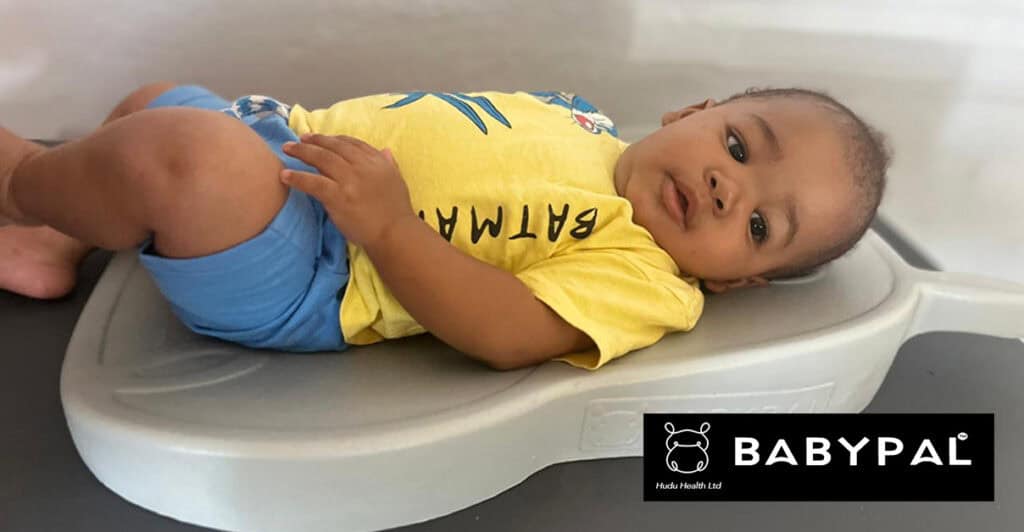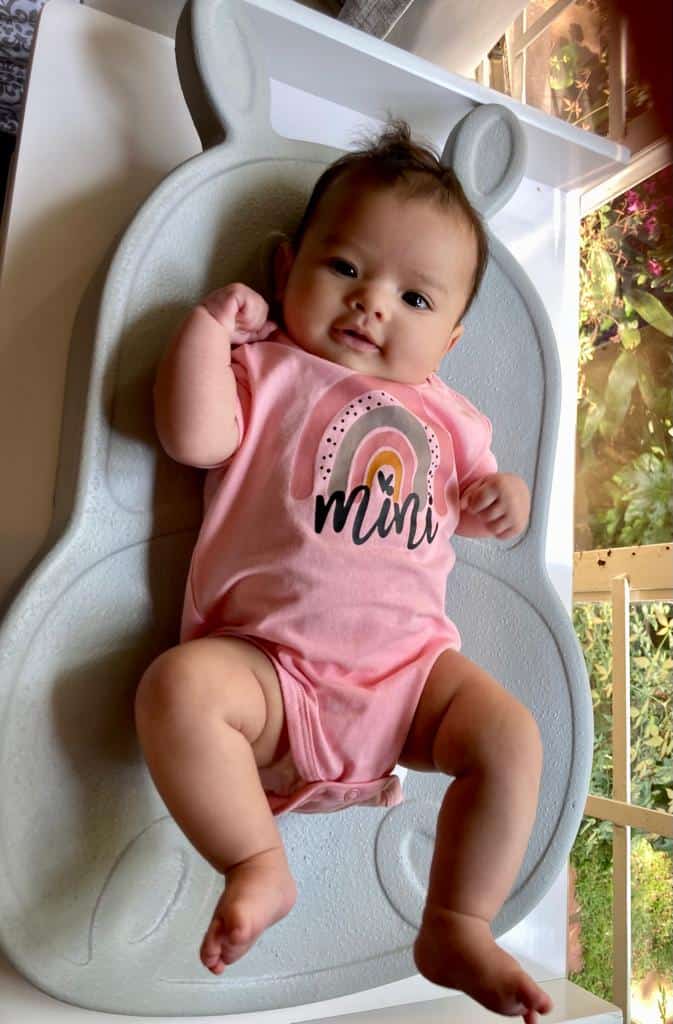Introduction: A Mother\’s Perspective on Baby Changing Pads
As a mother of four, I’ve spent countless hours changing diapers and caring for my little ones, and I’ve learned that having the right baby changing pad is essential. Over the years, I\’ve tried various types of baby changing pads, from memory foam to standard models, and each has its pros and cons. As parents, we want products that are comfortable, durable, hygienic, and able to withstand the messes and demands of daily life with kids. In this article, I\’ll share my experiences with both types of pads and discuss which one might be the best for your family.
What Are Memory Foam Baby Changing Pads?
Memory foam baby changing pads are designed to offer maximum comfort and support. The foam contours to your baby’s body, providing a soft, cushioning effect that many parents believe is gentler on their child’s delicate skin. I remember when I first decided to try a memory foam baby changing pad—it seemed like the perfect solution for my baby, who had sensitive skin and seemed uncomfortable on the firmer, standard pads I’d been using.
The idea of memory foam is appealing because it offers a premium experience; it’s like laying your baby down on a tiny cloud. But as a mother who has juggled four kids, I can tell you that comfort is only one part of the equation.
Pros and Cons of Memory Foam Baby Changing Pads
Pros:
- Comfort and Support: Memory foam baby changing pads are incredibly comfortable. The foam adjusts to your baby\’s shape, providing gentle support, which can be a relief, especially for longer periods when your baby might be fussy or in need of extra soothing.
- Feels like a mattress: Many memory foam pads need a cover to protect the surface so a soft cover is required.
- Gentle on Baby’s Skin: For babies prone to skin irritation or discomfort, the softness of memory foam and addition of a cover can provide a smoother, more pleasant changing experience.
Cons:
- Susceptibility to Mould: One of the biggest challenges I faced with memory foam baby changing pads is their susceptibility to mould and mildew. Unless the foam is completely sealed, moisture from spills, diaper leaks, or even just humidity can get trapped inside, creating a breeding ground for mould.
- Durability Issues: Over time, memory foam can disintegrate or lose its shape, especially with frequent use and cleaning. After just a few months, I noticed that the pad wasn\’t as supportive as it once was, which was disappointing given its higher price.
- Higher Maintenance: Memory foam pads require more careful cleaning. They aren’t always wipeable, and if they’re not properly cleaned and dried, odours and bacteria can become an issue.
What Are Standard Baby Changing Pads?
Standard baby changing pads are typically made with foam covered in a waterproof, wipeable material, such as vinyl or plastic. They are the classic choice for many parents, including myself for several years. They are lightweight, easy to clean, and relatively affordable, making them a staple in many nurseries.
I have used several standard baby changing pads over the years, and while they may not offer the plush feel of memory foam, they certainly have their own advantages, especially when it comes to practicality and hygiene.
Pros and Cons of Standard Baby Changing Pads
Pros:
- Affordability: Standard baby changing pads are typically less expensive than their memory foam counterparts. This is a huge plus, especially when you’re buying for multiple children or need multiple pads around the house.
- Easy to Clean: These pads are often covered in a waterproof material that can be wiped clean quickly with a disinfectant wipe or cloth. I found this incredibly useful for daily messes and quick cleanups.
- Durable and Lightweight: Standard pads tend to be more durable over time. They can handle more wear and tear, and since they are made of simpler materials, they don’t degrade as quickly as memory foam.
Cons:
- Less Comfort: Standard baby changing pads are typically less comfortable than memory foam pads. They don’t conform to the baby\’s body, which can make diaper changes less enjoyable for a sensitive baby.
- Can Feel Cold: The plastic or vinyl surface can feel cold against a baby’s skin, which can make diaper changes a bit uncomfortable, especially in colder weather.
- Come across as Cheap: They sometimes look cheap and inexpensive and the quality lands up deteriorating quickly.
What’s different about Babypal?
Firstly, Babypal is elevated to encourage eye contact during change time. Although its not a sleeping mattress Babypal can be used to leave baby on during play time, and can give baby more comfort from burping anc colic as their head is slightly elevated.
Babypal changing pad is also sealed in a special coating that doesn’t allow mould or liquids to destroy the integrity of the product. Perfectly happy to be wiped down and not cold to the touch, Babypal is a modern and refreshing take on a nursery staple.
Durability: Which Changing Pad Lasts Longer?
From my experience, when it comes to durability, standard baby changing pads tend to last longer. Memory foam pads, while initially more comfortable, often start to degrade after a few months of use. The foam can begin to break down, especially if it is not well-sealed against moisture.
With four children, I needed something that could withstand years of use. I found that standard pads, though less luxurious, were much more reliable in the long run. They didn’t show wear as quickly, and I didn’t have to worry about mould or mildew growing inside them.
Hygiene: Keeping Baby Changing Pads Clean and Fresh
Hygiene is another critical factor. In my experience, standard baby changing pads are much easier to keep clean. The waterproof surface means you can simply wipe down the pad after every use, and there is little risk of mould or bacteria developing. With memory foam pads, I often worried about unseen moisture getting trapped, leading to unpleasant odours or even health risks.
This brings me to our product: the Babypal Changing Pad.
Why the Babypal Baby Changing Pad Is the Best Choice
After trying various baby changing pads, I came across the Babypal Changing Pad, which combines the best of both worlds. The Babypal is designed with a sealed memory foam core, which means there’s no chance for mold or mildew to develop inside. This feature alone gave me peace of mind, knowing that my baby was lying on a clean and hygienic surface.
- Sealed Against Moisture: The Babypal pad’s innovative design prevents any liquid from penetrating the foam, eliminating the risk of mould. You can easily wipe it down with a damp cloth or disinfectant wipe, making cleaning a breeze.
- Durable and Long-Lasting: Unlike other memory foam pads, the Babypal has been built to last. The sealed memory foam core retains its shape and comfort over time, so you won’t have to replace it after just a few months.
- Multi-Purpose Use: The Babypal isn’t just for diaper changes. I’ve found it perfect for tummy time, dressing, and a bit of play. Its cushioned support means that your baby can lie on it comfortably for longer periods.
- Ergonomic Design: The contoured edges provide added safety and security, while the non-slip base ensures it stays in place during even the wiggliest diaper changes.
Conclusion: Which Baby Changing Pad is Best for Your Family?
Based on my experiences, if you’re looking for comfort and don’t mind the extra care, a high-quality, sealed memory foam baby changing pad like the Babypal could be the perfect solution. It offers the plush comfort of memory foam without the usual downsides like mould and degradation. For families like mine, who need durability and hygiene above all, the Babypal stands out as a great investment that will last through multiple children.
On the other hand, if you’re looking for an affordable and practical option, standard baby changing pads are a good choice. They’re easy to clean, durable, and perfect for everyday use, though they may not offer the same level of comfort.
If you’re looking for a baby changing pad that combines comfort, durability, and hygiene, I highly recommend trying the Babypal Changing Pad. Check out our website to learn more about its unique features and see why so many parents are making the switch to Babypal!
For more information about memory foam and baby please take a look at the following links











